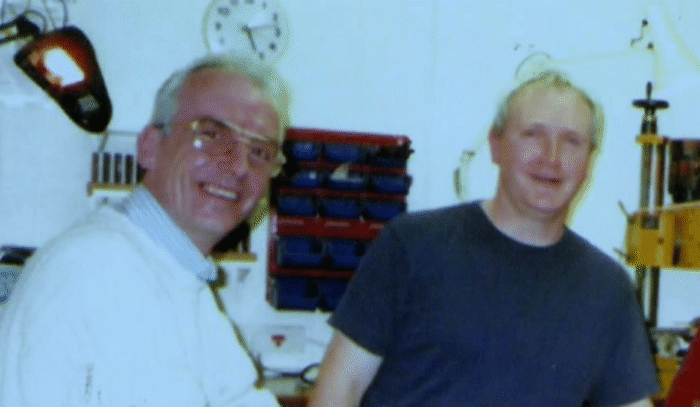
They may not have been the first with the synthetic drone reed, but who would deny Ronnie MacShannon and Tommy Johnston their place as innovators who, through their company Pipe Dreams, changed the quality of bagpipe sound?
Their Eezidrone reeds established a bench mark against which others were tested. Their sound was as close to cane as you can get without all the hassle. And every set of reeds met their stringent quality control standard.
Tommy, as everyone knows, passed away in 2020 and now, after almost 30 years in the business, Ronnie has announced his retirement. Very well earned I’d say and I’d like to wish him all the very best for the future.
The good news is that the company will continue with their high end products – but now under the ownership of Tommy’s son Finlay and his Tiree buddy Major Gordon Rowan, former Director of Army Bagpipe Music. The business could not be in better hands. Tommy would be delighted.
General Thomason
The ceremonial sword which belonged to Major General CS Thomason, the first President of the Piobaireachd Society, raised £1,350 when it was sold at auction last week.
The buyer was unnamed. Perhaps he/she was a member of the Society? If so please get in touch!
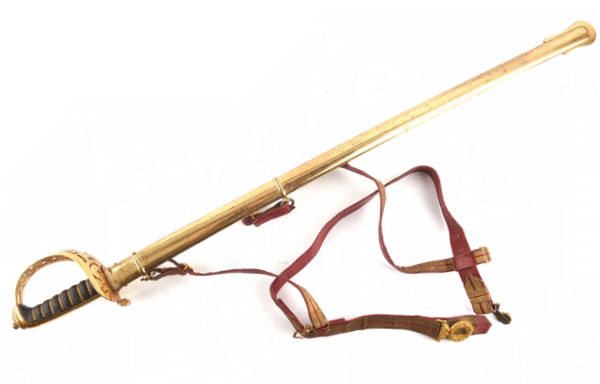
Thomason was the compiler of the monumental work ‘Ceol Mor’, the inspiration for the Society’s own collection of Books 1-16, and also the man who pioneered abbreviated scores for the music.
Pipes in Early North America
Milan Kobulnicky: Regards from Colonial Williamsburg, Virginia USA. As we work on finishing the pipe tunes in North America 1750 to 1900 volume, we are working with historians to see what records there are of bagpipes in the French and Indian Wars, our American Revolution, and the war of 1812.
Robbie Smith, Park Ranger at Yorktown Battlefield has written, ‘I’m familiar with a reference to the Siege of Yorktown from St George Tucker’s ‘Journal of 1781’. Under Thursday the 18th the following is noted: ‘At dawn of day the British gave us a serenade with the Bag pipe, I believe, & were answered by the French with the Band of the Regiment of deux ponts.’
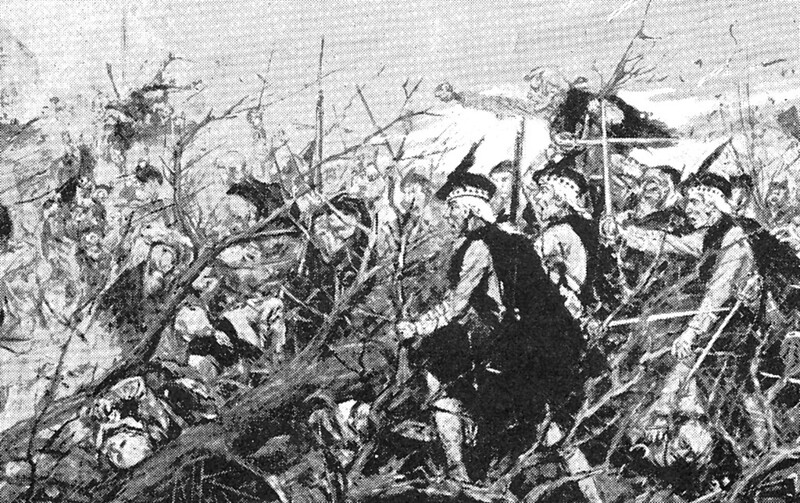
The Black Watch and other famous British regiments (Scots, Irish and Loyalist) were here in the Colonies/North America from 1750 to 1900 and some brought their pipes/pipers. We know there was an Argyll battalion at New Orleans in that famous 1815 battle, and at Bushy Run, Ticonderoga and others.
It is hard to imagine at least a few Scots and maybe Irishmen not bringing their pipes while on active military service in North America during this time, but there is nothing out there easily findable.
MacCrimmon Cairn
Next year’s Piobaireachd Society Summer School is from June 1-6 and tutor Jack Taylor has come up with the ideal trip for our ‘away day ‘. Study this map and you’ll see a marking for ‘Carn Cloinn Mhic Cruimein’:
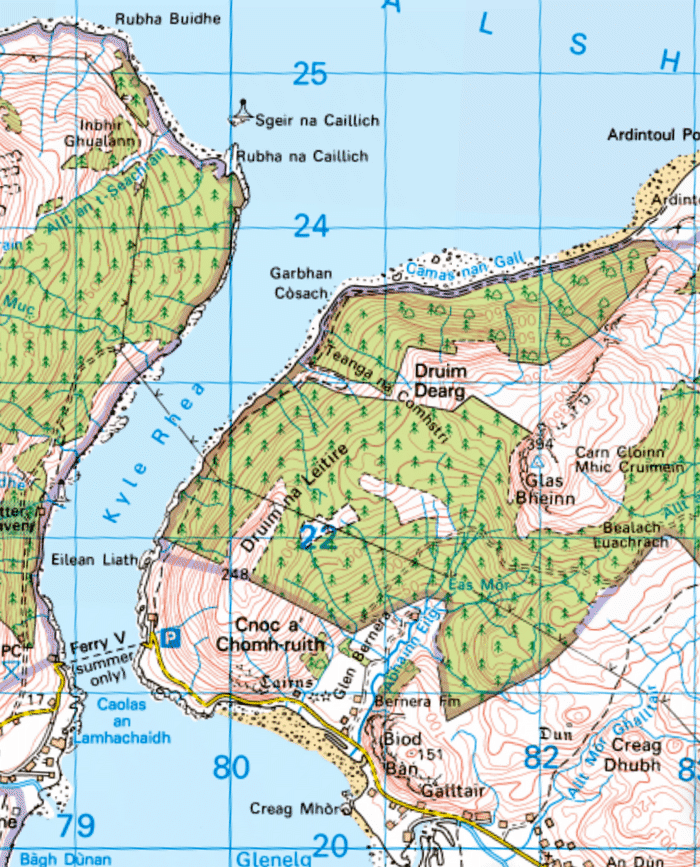
Spot it? If not, it’s to the right of the summit of Glas Bheinn, the rocky wee hill at the back of Glenelg. So ladies and gents, pack the hill boots in 2025 as we pay homage once more to the legendary family.
You’ll remember that historian Keith Sanger revealed to us a few weeks back that Glenelg was land owned by MacLeod of Dunvegan, and many of the MacCrimmons, their hereditary pipers, including Donald Ruadh, settled there.
Kilberry Middle Music
Reader Marco Borzacca: I’m looking for an original copy of the ‘Kilberry Book of Ceol Meadhonach’, possibly in good condition. Please send pics to my email address: thesnap1951@gmail.com . I’m able to send money by PayPal. I enclose here a photo of the front cover of the book in question in case it could be useful for that purpose.’
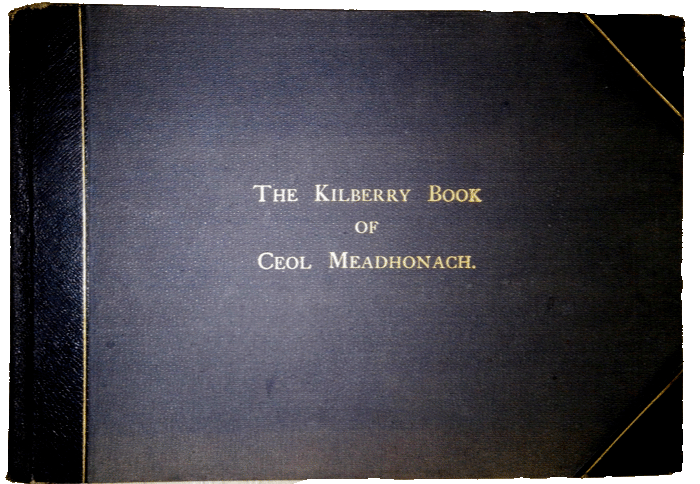
‘Ceol Meadhonach’ translates as ‘middle music’ and references a class of pipe tunes such as the heavier Gaelic airs, something between piobaireachd and dance music. The book was compiled by John Campbell, Kilberry, and his son Archibald (he of the more famous Kilberry Book of Ceol Mor).
I’ll do a fuller article on the ‘Ceol Meadhonach’ book later. (Pronounced ‘may-on-achd’? Help me out here Decker.)







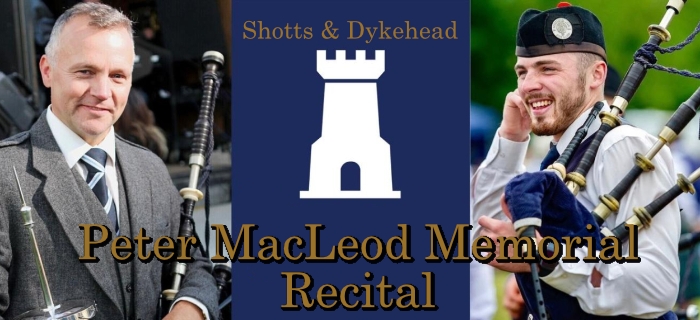
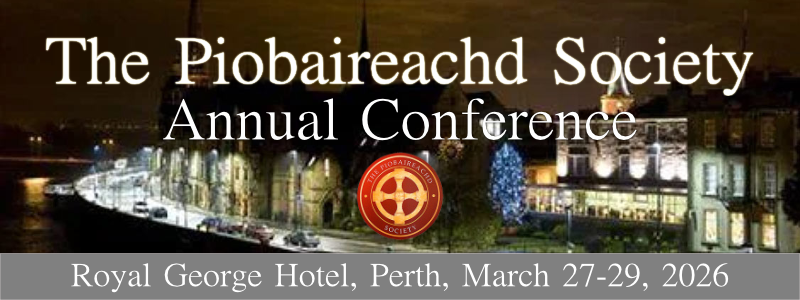
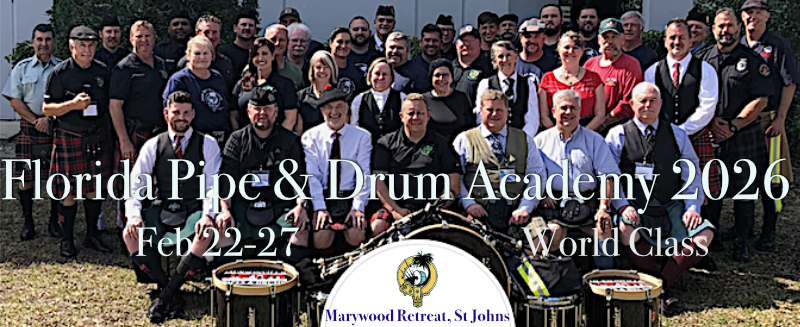
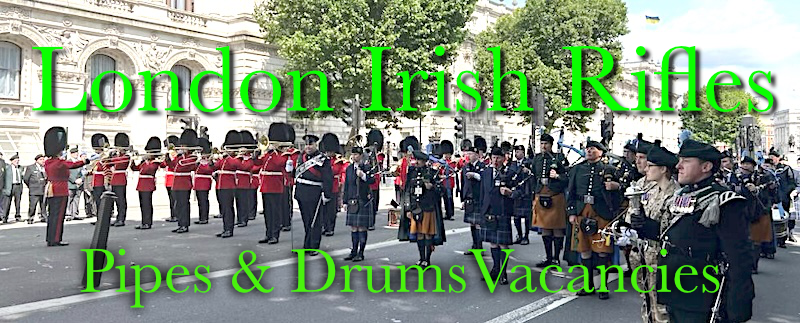












Regarding pipes in early North America, in the early 1960’s my father , Donald Cutter, was given a set of antique pipes by William MacDonald , a WW1 Black Watch piper, who had acquired the pipes which had been found in the attic of a 18th century inn near the Mohawk Valley in central New York. The pipes had three drones , chalice tops , and were made of a light colored wood. Ferrules were brass and projecting mounts appeared to be bone. The set was complete , including chanter, and were in a early box. My father wished to return the pipes to Scotland and published a letter in the Piping Times looking for someone who would give them a proper home. He was contacted by a Torquil MacLeod . My father shipped the pipes to Mr. MacLeod, with the understanding that they would be placed in the Highland Museum in Inverness with credit to our family. We visited in 1986 and inquired about the pipes. We were not able to locate them. I have always wondered what became of them.